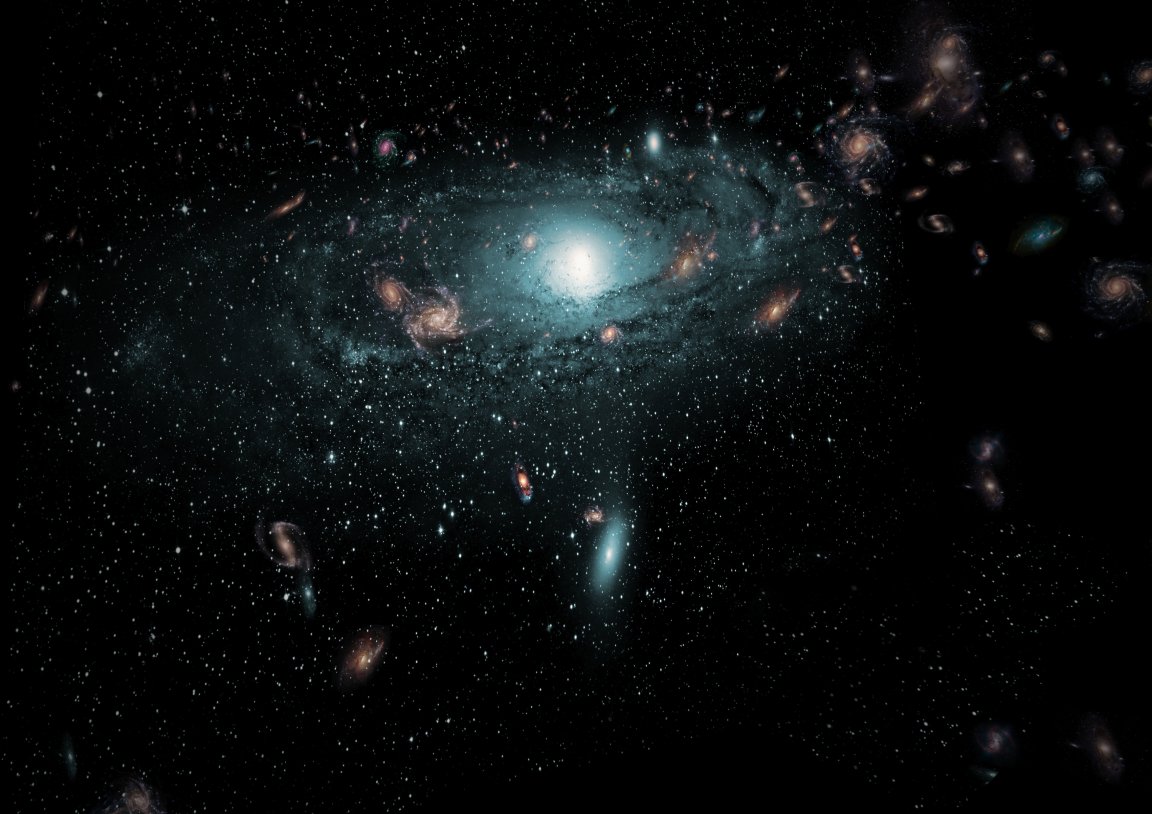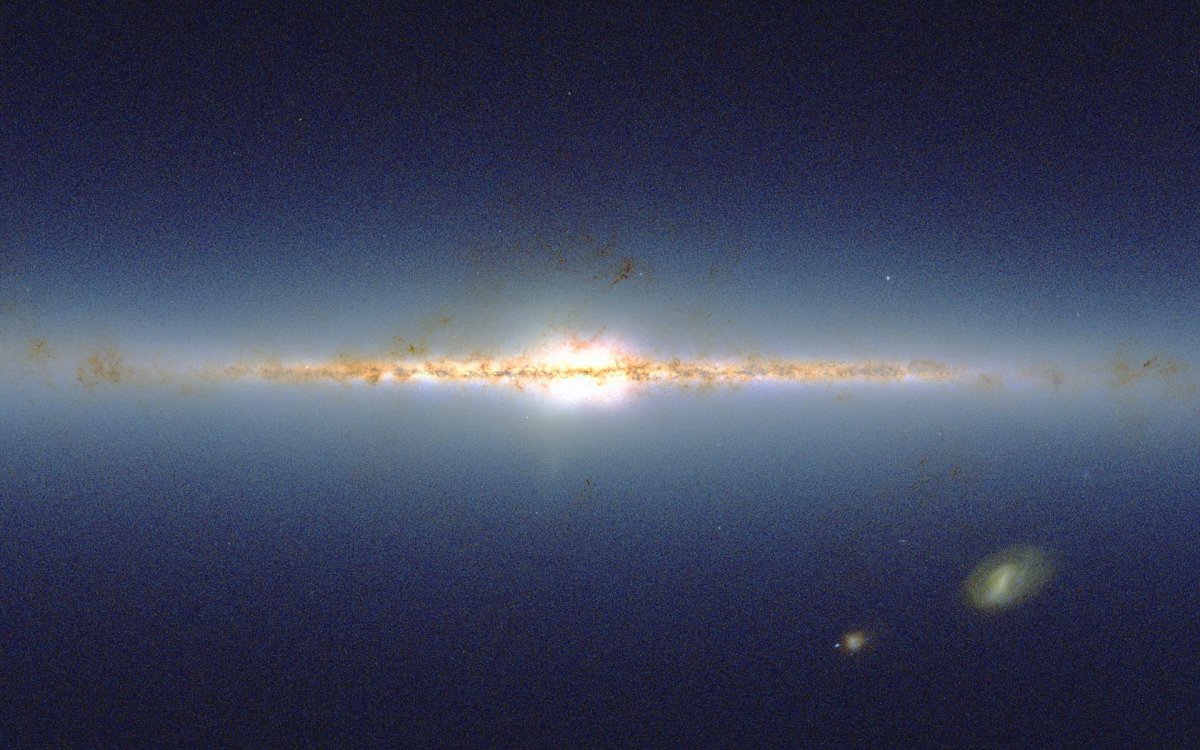
A Harvest of Galaxies
Scientists with the International Centre for Radio Astronomy Research (ICRAR) have revealed a whopping 883 galaxies hidden on the other side of that dense screen of dust, gas, and stars that is our own Milky Way galaxy.
The new research is published in today’s issue of the Astronomical Journal.
About a third of those galaxies are brand new, previously undiscovered and unknown. They’re located about 250 million light-years from Earth, which is—in cosmic terms—quite close.
The observational breakthrough was achieved using the Parkes radio telescope in Australia, which managed to penetrate the obscuring matter of our galaxy’s central regions (the “Zone of Avoidance”) by means of an “innovative receiver.”
Detecting what lies beyond the plane of our galaxy has always been difficult for astronomers; it’s a little like living in an immense forest and trying to piece together something of the world beyond by peering through the dense thickets of trees.

The “Great Attractor”
The discovery is more than just an idle addition to astronomical catalogs. The new galaxies belong to a mysterious cosmic structure known, with suitable magnificence, as the “Great Attractor”—a kind of gravitational lodestone that is inexorably dragging our own galaxy, together with its neighbors, toward its center of mass.
Imagine a giant cosmic whirlpool sucking thousands of galaxies into its gravitational embrace.
“We don’t actually understand what’s causing this gravitational acceleration on the Milky Way or where it’s coming from,” said Professor Lister Staveley-Smith, lead author of the paper, in a press release from ICRAR.
“We know that in this region there are a few very large collections of galaxies we call clusters or superclusters, and our whole Milky Way is moving towards them at more than two million kilometers per hour.”
The discovery has teased out some new details about the Great Attractor—several new structures were found that may explain the movement of the Milky Way, including three galaxy concentrations and two new clusters.
Future research, with more sensitive radio and infrared telescopes, will undoubtedly add to the picture of what’s hiding out there, just out of sight behind the shimmering band of the Milky Way.
It makes you wonder what else is out there, waiting to be found.